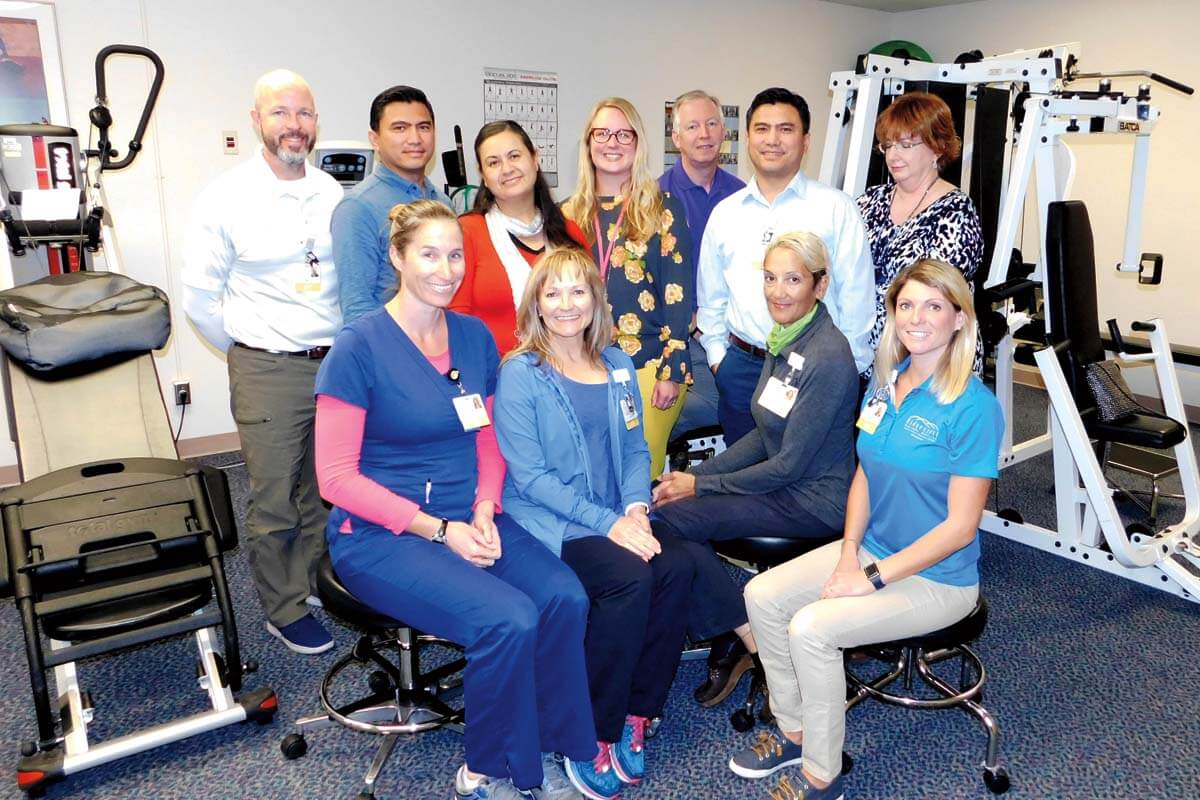Examining those Life-changing Advantages for Physical Intervention in Improved Agility and Ache Relief
Wiki Article
Physiological therapy represents a healthcare profession which concentrates on helping people improve their mobility and control pain. This includes a range of methods and exercises created to reestablish movement and capability in the physical form. Many individuals seek physical therapy after an accident, operation, or due to chronic conditions that impact their capability to navigate without restriction. The transformative advantages of physical therapy can result to significant improvements in a individual's standard of life, rendering it an crucial part of recovery and rehabilitation.

One of the main advantages of physical therapy is improved mobility. Physical therapists evaluate each patient's unique situation and create customized treatment programs that target specific needs. These plans often include exercises that fortify muscle groups, boost limberness, and increase range of motion. By engaging in these targeted tasks, clients can recover their ability to perform daily tasks, including ambulating, ascending stairs, or even participating in sports. Enhanced mobility not only assists people feel more independent but also boosts their self-esteem and general well-being.
Discomfort relief is another major benefit of physical therapy. Numerous individuals experience from long-lasting pain conditions, such as joint inflammation or spinal pain, that can limit their activities and influence their mental health. Physical therapists use various methods, including hands-on therapy, treatments like warmth and ice, and therapeutic workouts, to assist alleviate pain. By addressing the root origins of pain, physical therapy can offer sustained relief without the necessity for drugs. This approach is especially beneficial for those who wish to steer clear of the adverse effects associated with pain medications.
In furthermore to bodily benefits, physical therapy also promotes psychological and emotional well-being. Engaging in regular physical exercise can trigger endorphins, which are innate emotional lifters. Patients often report feeling more optimistic and driven as they progress through their therapy sessions. Furthermore, the supportive atmosphere created by physical therapists fosters a sense of community and support. This psychological support can be crucial for individuals who may feel isolated due to their physical limitations.
Ultimately, physical therapy holds a critical role in averting future injuries. By teaching patients about proper body movements and safe movement patterns, physical therapists assist individuals comprehend how to safeguard themselves during everyday activities. This understanding is particularly important for sportspeople and those who engage physical therapy for sports conditioning in physically challenging jobs. By including injury prevention strategies into their treatment programs, physical therapists enable clients to maintain their wellness and mobility for years to follow. In summary, the transformative benefits of physical therapy extend beyond immediate recovery, providing long-term advantages for movement, discomfort relief, and overall well-being.